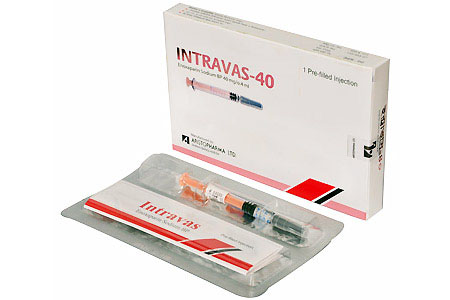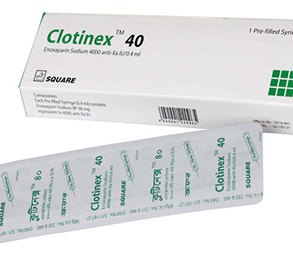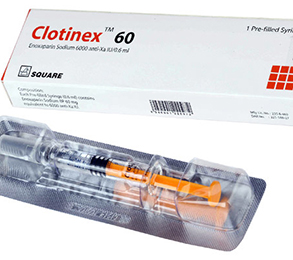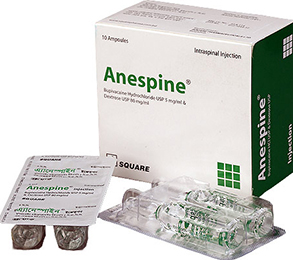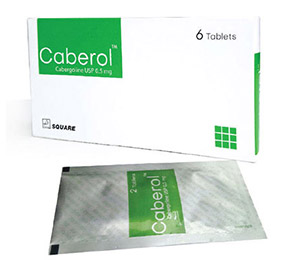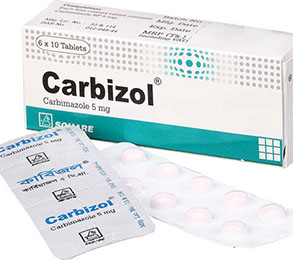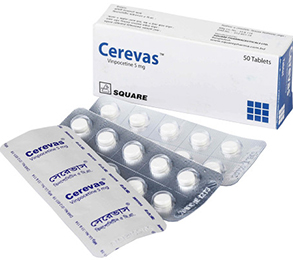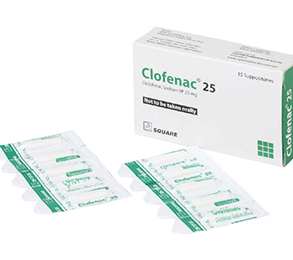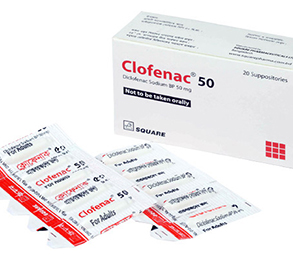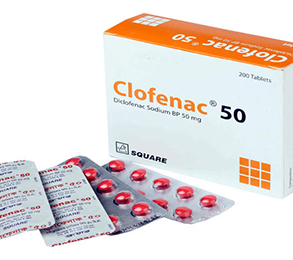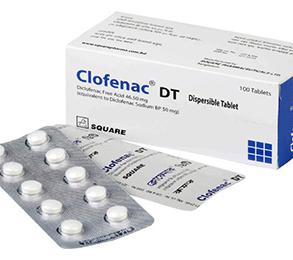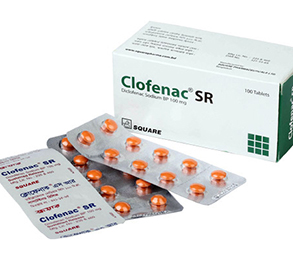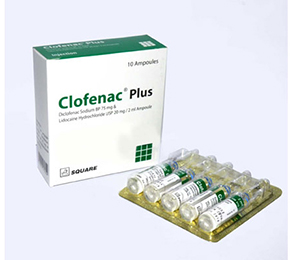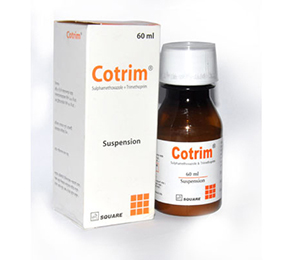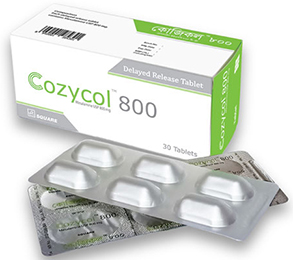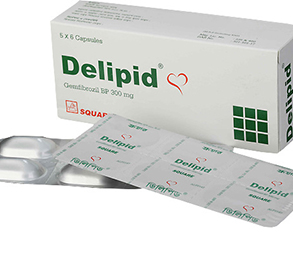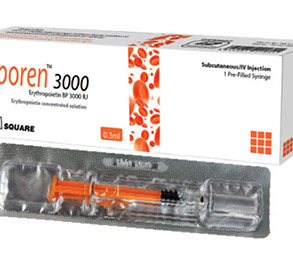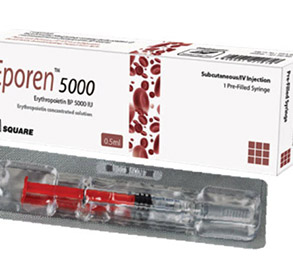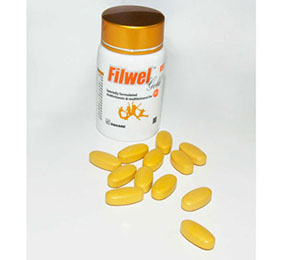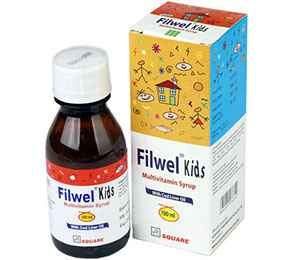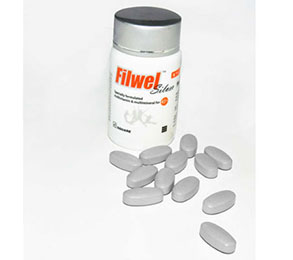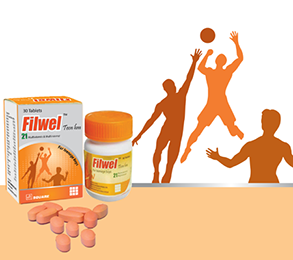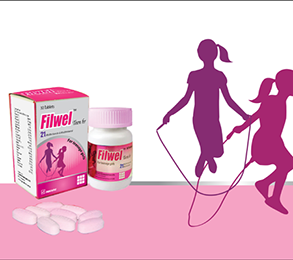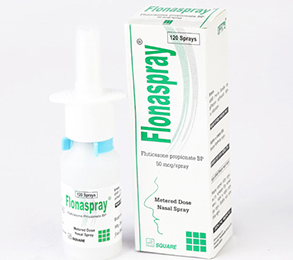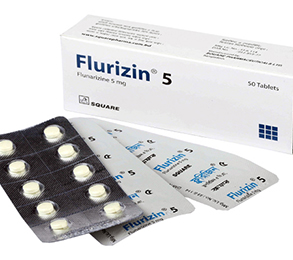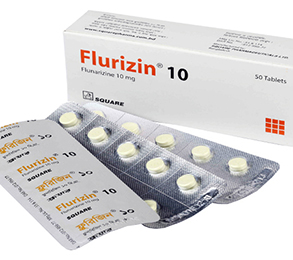Intravas 4000 1 Pc
Alternative products
Composition
Each 0.4 ml pre-filled syringe contains Enoxaparin Sodium 40 mg equivalent to 4000 anti-Xa III.
Each 0.6 ml pre-filled syringe contains Enoxaparin Sodium 60 mg equivalent to 6000 anti-Xa IU
Each 0.8 ml pre-filled syringe contains Enoxaparin Sodium 80 mg equivalent to 8000 anti-Xa IU
Indications
Enoxaparin is indicated in:
- Treatment of deep vein thrombosis, with or without pulmonary embolism.
- Treatment of unstable angina and non-Q-wave myocardial infarction, administered concurrently with aspirin.
- Prevention of thrombus formation in the extra-corporal circulation during haemodialysis.
- Prophylaxis of venous thromboembolic disease (prevention of blood clot formation in the veins), in particular those which may be associated with orthopedic or general surgery.
- Prophylaxis of venous thromboembolic disease in medical patients bedridden due to acute illness, including cardiac insufficiency, respiratory failure, severe infections, rheumatic diseases.
* চিকিৎসকের পরামর্শ অনুযায়ী ঔষধ সেবন করুন
Therapeutic Class
Parenteral anti-coagulants
Pharmacology
Enoxaparin is a low molecular weight heparin with anticoagulant properties. It acts by enhancing the inhibition rate of activated clotting factors including thrombin and factor Xa through its action on antithrombin III.
Dosage & Administration
Prophylaxis of venous thromboembolism: In patients with a low to moderate risk of venous thromboembolism the recommended dosage is 20 mg (2,000 IU) once daily by subcutaneous injection for 7 to 10 days, or until the risk of thromboembolism has diminished. In patients undergoing surgery, the initial dose should be given approximately 2 hours pre-operatively. In patients with a higher risk, such as in orthopaedic surgery, the dosage should be 40 mg (4,000 IU) daily by subcutaneous injection with the initial dose administered approximately 12 hours before surgery.
Prophylaxis of venous thromboembolism in medical patients: The recommended dose of enoxaparin sodium is 40 mg (4,000 IU) once daily by subcutaneous injection. Treatment with enoxaparin sodium is prescribed for a minimum of 6 days and continued until the return to full ambulation, for a maximum of 14 days.
Treatment of venous thromboembolism: Enoxaparin should be administered subcutaneously as a single daily injection of 1.5 mg/kg (150 IU/kg). Enoxaparin treatment is usually prescribed for at least 5 days and until adequate oral anticoagulation is established.
Treatment of unstable angina and non-Q-wave myocardial infarction: The recommended dose is 1 mg/kg Enoxaparin every 12 hours by subcutaneous injection, administered concurrently with oral aspirin (100 to 325 mg once daily). Treatment with Enoxaparin in these patients should be prescribed for a minimum of 2 days and continued until clinical stabilisation. The usual duration of treatment is 2 to 8 days.
Treatment of acute ST-segment Elevation Myocardial Infarction: The recommended dose of enoxaparin sodium is a single IV bolus of 30 mg plus a 1mg/kg SC dose followed by 1 mg/kg administered SC every 12 hours (max 100mg for the first two doses only, followed by 1 mg/kg dosing for the remaining doses).
Prevention of extracorporeal thrombus formation during haemodialysis: A dose equivalent to 1 mg/kg (100 IU/kg) introduced into the arterial line at the beginning of a dialysis session is usually sufficient for a 4 hour session. If fibrin rings are found, such as after a longer than normal session, a further dose of 0.5 to 1 mg/kg (50 to 100 IU/kg) may be given. For patients at a high risk of haemorrhage the dose should be reduced to 0.5 mg/kg (50 IU/kg) for double vascular access or 0.75 mg/kg (75 IU/kg) for single vascular access.
* চিকিৎসকের পরামর্শ অনুযায়ী ঔষধ সেবন করুন
Interaction
It is recommended that agents which affect haemostasis should be discontinued prior to enoxaparin therapy unless their use is essential, such as: systemic salicylates, acetylsalicylic acid, NSAIDs including ketorolac, dextran, and clopidogrel, systemic glucocorticoids, thrombolytics and anticoagulants. If the combination cannot be avoided, enoxaparin should be used with careful clinical and laboratory monitoring
Contraindications
Patients with known hypersensitivity to Enoxaparin Sodium, heparin or other low molecular weight heparins. Patients with active major bleeding and conditions with a high risk of uncontrolled hemorrhage including recent hemorrhagic stroke.
Side Effects
Haemorrhage (bleeding), Thrombocytopenia, elevations of serum aminotransferase. Pain, bluish marks at injection sites to skin rash at injection sites. Cases of neuraxial hematomas with the concurrent use of Enoxaparin and spinal/epidural anesthesia or spinal puncture have resulted in varying degrees of neurologic injuries.
Pregnancy & Lactation
Pregnancy: Pregnancy category B. In humans, there is no evidence that Enoxaparin Sodium crosses the placental barrier. As there are no adequate and well-controlled studies in pregnant women, Enoxaparin Sodium should be used during pregnancy only if clearly needed. Pregnant women with mechanical prosthetic heart valves may be at a higher risk for thromboembolism.
Nursing mothers: It is not known whether Enoxaparin is excreted in human milk. Because many drugs are excreted in human milk and because of the potential for serious adverse reactions in nursing infants, a decision should be made whether to discontinue nursing or discontinue Enoxaparin, taking into account the importance of Enoxaparin to the mother and the known benefits of nursing
Precautions
Enoxaparin injection should not be administered by intramuscular route. Enoxaparin should be used with caution in conditions with increased potential for bleeding, such as impaired hemostasis, history of peptic ulcer, recent ischemic stroke, uncontrolled severe arterial hypertension, diabetic retinopathy, recent neuro or opthalmologic surgery and low weight patients. It is recommended that the platelet count be measured befored the initiation of the treatment and regularly thereafter during treatment.
Overdose Effects
Accidental overdosage following administration of Enoxaparin may lead to hemorrhagic complications. Injected Enoxaparin may be largely neutralized by the slow i.v. injection of protamine sulfate (1% solution) The dose of protamine sulfate should be equal to the dose of Enoxaparin injected: 1 mg protamine sulfate should be administered to neutralize 1 mg Enoxaparin.
Use in Special Population
Dose in Renal Impairment: Although no dosage adjustment is recommended in patients with moderate (creatinine clearance: 30-50 ml/min) and mild (creatinine clearance: 50-80 ml/min) renal impairment, all such patients should be observed carefully for signs and symptoms of bleeding. For patients with severe (creatinine clearance <30 ml/min) renal impairment, following dosage adjustments are recommended: Prophylactic dose ranges: 2000 anti Xa IU once daily; Therapeutic dose ranges: 100 anti-Xa lU/kg once daily.
Dose in Hepatic Impairment: Caution should be used in hepatically impaired patients.
Elderly: For treatment of acute ST-segment Elevation Myocardial Infarction in elderly patients 75 years of age, do not use an initial IV bolus. Initiate dosing with 0.75 mg/kg SC every 12 hours (maximum 75 mg for the first two doses only, followed by 0.75 mg/kg dosing for the remaining doses). For other indications, no dosage adjustments are necessary in the elderly, unless kidney function is impaired.
Children: Not recommended, as dosage not established.
Storage Conditions
Store in a cool and dry place, protect from light and moisture.Do not store above 25°C. Do not store in a refrigerator or freezer. Keep out of the reach of children
- Type Injection
- Tag
- Morbi leo risus
- Porta ac consectetur ac
- Vestibulum at eros
